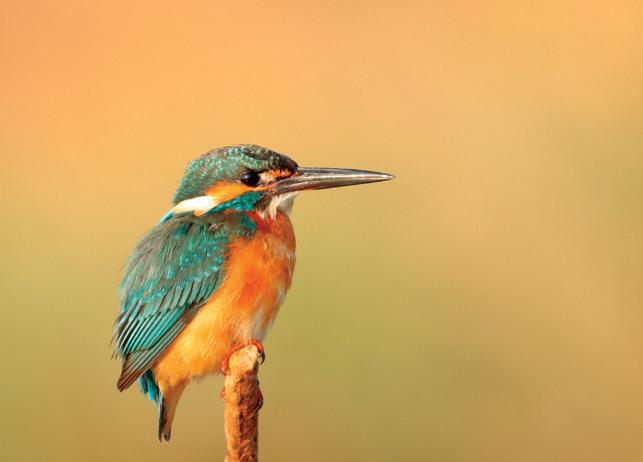
1 minute read
FEEDING WILD LIFE
FEEDING WILDLIFE CAN BE A DELIGHTFUL EXPERIENCE, BUT IT IS ESSENTIAL TO UNDERSTAND THE IMPACT IT HAS ON THE ANIMALS AND THEIR ECOSYSTEM.
Responsible feeding practices can reduce the potential risks and impact. Before feeding wildlife, consider the animals that will come, avoid certain foods, and be aware of local laws and regulations.
It is important to note that feeding wildlife can have negative consequences, such as attracting unwanted pests and creating a nuisance for neighbors. In some cases, feeding wildlife can also be illegal, and it is crucial to be aware of local laws and regulations regarding the feeding of native animals.
When encountering a wildlife feeding issue, it is best to approach the person responsible and discuss the situation. If this approach does not work or the issue is not resolved, contacting the local government or seeking advice from the department for species conservation concerns can help. Additionally, the Department of Justice and AttorneyGeneral provides dispute resolution services, including mediation, which can help resolve the issue.

Overall, feeding wildlife can be enjoyable, but it is crucial to do it responsibly and be aware of the potential impact it can have.










